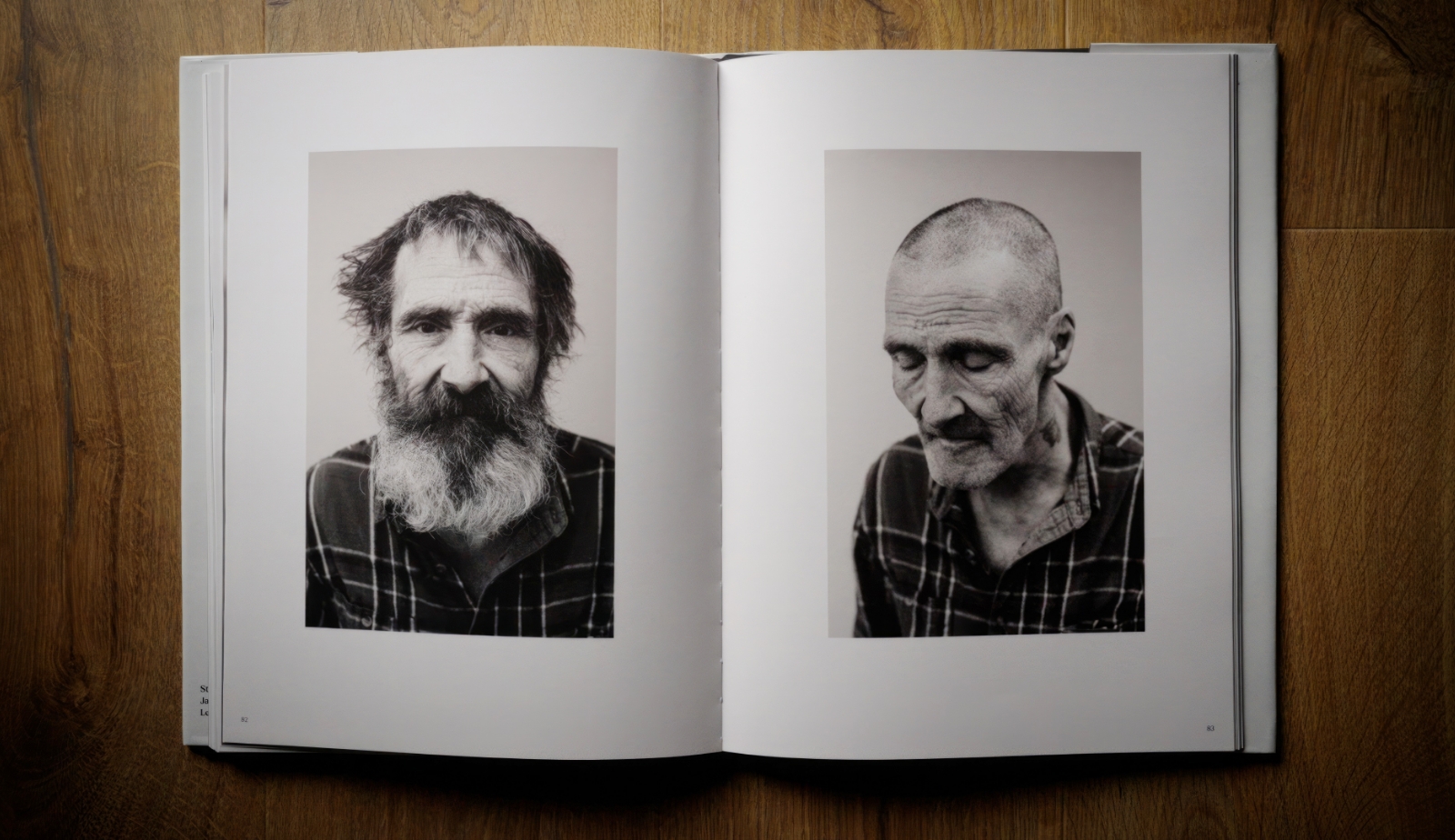Jack Eames’ decade-long journey with Haircuts4Homeless, capturing honest stories and opening new opportunities through his lens.
Photographer Jack Eames has been working with Haircuts4Homeless for nearly ten years. The charity offers free haircuts to people experiencing homelessness, but it’s about much more than a trim. It’s about connection, dignity, and being seen.
For Jack, projects like this matter. They give him purpose, push his creative boundaries, and offer a meaningful way to give back.
“What I do with Haircuts4Homeless is bring things to life.” — Jack Eames

At events, Jack sets up his trusted foldout backdrop, which has been everywhere with him, and photographs guests after their haircuts. His portraits are stripped back and honest. No fuss. No frills. Just real people, often with a quiet confidence that comes through after a small but mighty act of self-care.

The portraits also give something back. They help Haircuts4Homeless tell its story and keep its mission moving forward. For the people Jack photographs, the images can be a powerful reflection—sometimes showing them a version of themselves they haven’t seen in a long time.
“Photography can’t change the world, but it can give us opportunities to create change.” — Jack Eames

Technically, Jack keeps things simple. He uses Capture One, tethering his camera to his laptop so he can review and adjust the images as he shoots. The software makes the process smooth, letting him focus on what matters most: the person in front of the camera.

This project is a glimpse into how photography can create connections and tell stories that matter. It’s not about changing the world overnight—it’s about small moments that open doors. For the charity, for awareness, and for someone to simply feel seen.
Get the book and read more about Haircuts4Homeless: https://www.haircuts4homeless.com/
Talent: Jack Eames
Director: Paul Reiffer
DOP: Tom Coe
Haircuts4Homeless: Stewart Roberts, Founder
Haircuts4Homeless: Belinda Lorenzo-Hernandez, Administrator
Haircuts4Homeless: Nicky Pope, Trustee
Haircuts4Homeless: Steven Easton, Team Leader
See more of Jack’s work on his Instagram and website.
New to Capture One? Try it for free.
















